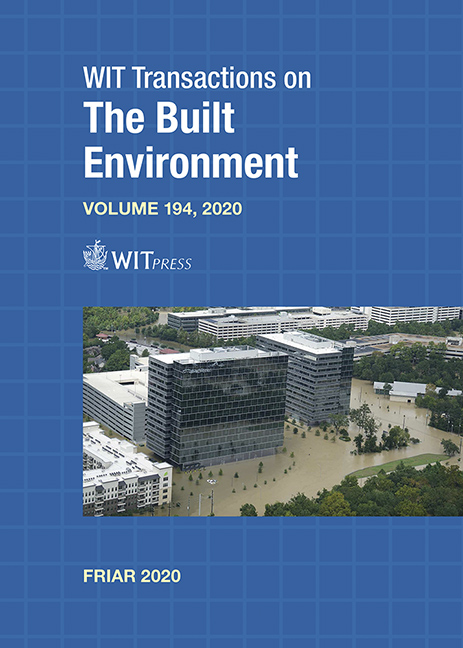POLICY DESIGN IN FLOOD RISK MANAGEMENT: STUDYING POLICY PREFERENCES IN THREE SUB-CATCHMENT AREAS IN SWITZERLAND
Price
Free (open access)
Transaction
Volume
194
Pages
13
Page Range
35 - 47
Published
2020
Paper DOI
10.2495/FRIAR200041
Copyright
WIT Press
Author(s)
ANIK GLAUS
Abstract
Floods are an extensive environmental problem that touches upon several policy sectors, decision-making levels, and territories simultaneously. To effectively cope with floods, decision-makers increasingly need to consider cross-sectoral, multi-level, and transterritorial solutions. However, such boundary-spanning policy solutions converge with traditional sector-, level-, and territory-oriented flood risk management. Overcoming these particular interests and moving towards a more integrated approach is therefore a complex task. However, combining policies from different entities into an integrated approach, actors’ policy preferences for single instruments or instrument mixes are key. With the aim of understanding effective policy design in flood risk management, this paper studies whether actors’ preferences for flood risk management instruments align. We take the ideal case of Swiss flood risk management and analyze three hydrological sub-catchments of the Aare, Kander and Thur rivers. We surveyed and interviewed public and private actors involved in flood risk management belonging to multiple sectors, levels, and territories on their preferred instruments and instrument mixes. Based on these preference data, we evaluated the effectiveness of flood risk management measures and measure mixes via an index. Results suggest that actors’ focus on traditional sector-, level-, and territory-oriented flood risk management policies outweighs preferences for more integrated approaches in Switzerland.
Keywords
policy design, instrument mix, policy preferences, flood risk management





